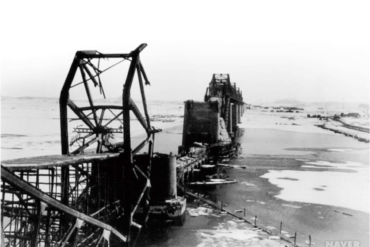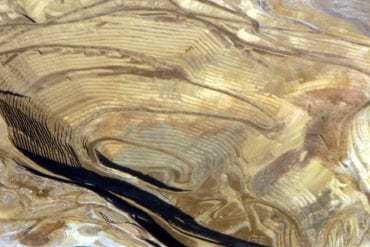If you really want to learn about early Korean-Western relations, you have got to start by looking at Nagasaki, Japan....
Words BY Robert Neff A hundred years ago, many Koreans spent their New Year appeasing evil spirits and throwing...
Ice covering the Han River provided winter recreation and summer refrigeration for Joseon Korea. Words by Robert Neff Prior to the twentieth century, the Han River generally froze over during the winter. This had the practical effect of isolating Seoul from the rest of Korea. The junks that supplied the...
In 1882, three courageous American officers became the first Westerners to step foot in Busan. When the intrepid elderly British adventurer Isabella Bird Bishop visited Fusan (modern Busan) in January 1894, she declared, “It is not Korea but Japan which meets one on anchoring.” She was, of course, referring to the large population of Japanese that literally dominated the foreign settlement of that port, and, for the most part, the surrounding Korean community.
Sailors, adventurers, diplomats, and businessmen made up the initial foreign community in Chemulpo, known today as Incheon.
The children of Joseon period Korea may not have had a holiday dedicated to them, but they still had to shoulder heavy domestic and scholastic responsibilities like their counterparts today.
Two days after the Korean War began, a disastrous decision to blow up the Han River Bridge resulted in the loss of hundreds of lives.
When American gold miners weren’t hoping to strike it rich, they were hoping not to strike out at the annual...
The six-century old Wongaksa Pagoda lay in ruins until Westerners in Seoul began to take an interest in it. One of the most interesting but least known historic sites in Seoul is Tapgol Park (탑골공원), also known as Pagoda Park.
The onset of night turned the busy streets of Seoul into dusky lanes frequented by veiled women, daring foreigners, sinister...





